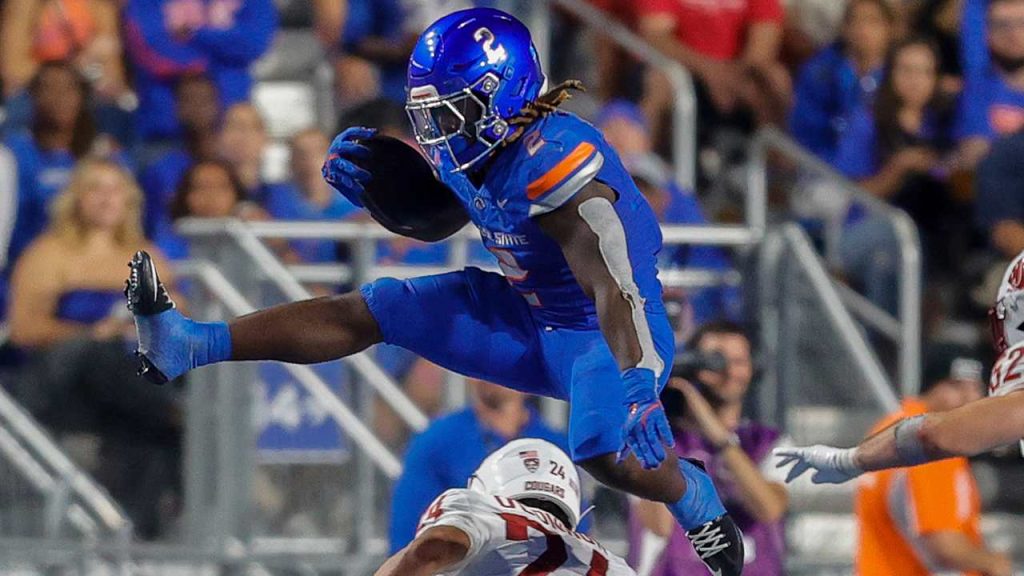Dallas Cowboys’ Running Back Legacy and Draft Considerations
FRISCO, Texas – Throughout their 65-year history, the Dallas Cowboys have rarely faced a void at the running back position.
The franchise has been home to a standout franchise running back for almost 48 and a half of those years. They have consistently had players capable of shouldering the workload for multiple seasons, essentially defining the role of a feature back.
Starting with Don Perkins, who played eight seasons (1961-68) and earned a place in the Ring of Honor despite missing his rookie year due to injury.
Next came Calvin Hill, who played six seasons (1969-74) and may have stayed longer if not for the appeal of a competing league’s financial offers.
Then there was Tony Dorsett, whose 11-year career (1977-87) earned him induction into the Ring of Honor and the Hall of Fame, potentially extending his career had it not been for the arrival of…
…Herschel Walker, who spent three and a half seasons (1986-89) with the team, eventually generating significant value through a blockbuster trade with the Minnesota Vikings that yielded numerous draft picks.
Ultimately, there was Emmitt Smith, whose 13 seasons (1990-2002) earned him the title of the NFL’s all-time leading rusher and a spot in both the Ring of Honor and the Hall of Fame. Ezekiel Elliott, who had a productive seven-season run (2016-22) that included three rushing titles, also made significant contributions this past season.
The Current Running Back Landscape
With the 2025 NFL Draft approaching on April 24, the Cowboys find themselves at a crossroads. Rico Dowdle is now in Carolina, and Zeke is an unrestricted free agent nearing the end of his career. The team has brought in two veteran backs, Javonte Williams and Miles Sanders, on short-term deals but still relies on inexperienced players like Deuce Vaughn, Hunter Luepke, and Malik Davis.
This presents a prime opportunity for the Cowboys to fortify their running back corps through the draft. There’s a strong case for selecting a running back within their first three picks: the 12th overall in the first round, 44th overall in the second, or 76th overall in the third round.
Dallas has historically not left the running back position to chance, and it’s essential for them to avoid a ‘running back by committee’ approach. Instead, they need a singular dominant force in the backfield to complement their offensive strategy, which new head coach Brian Schottenheimer seems ready to implement, focusing on a physical offensive style.
While it doesn’t imply the team will shift entirely to a run-heavy offense, having a talented running back can significantly enhance their effectiveness. This past season has shown how teams like the Eagles and Titans benefitted from strong running back performances, contributing to playoff success.
Indeed, seven of the ten top rushing leaders were on playoff teams last season. While passing remains crucial, a balanced approach is necessary, especially with a healthy Dak Prescott at quarterback. This is an ideal draft class to target a franchise running back within the first three rounds and potentially correct the mistakes of last year’s draft when their desired players were snatched up.
As Thursday approaches, analysts predict that two or three running backs could receive first-round grades. Beyond standout players, there are multiple talented prospects available that the Cowboys can explore in the second and third rounds.
Ultimately, while it may be a long shot to secure a top-tier running back like Ashton Jeanty with their 12th pick, it’s crucial for the Cowboys to adequately assess their needs and not overlook the importance of a top-notch running back in a draft where depth exists.



